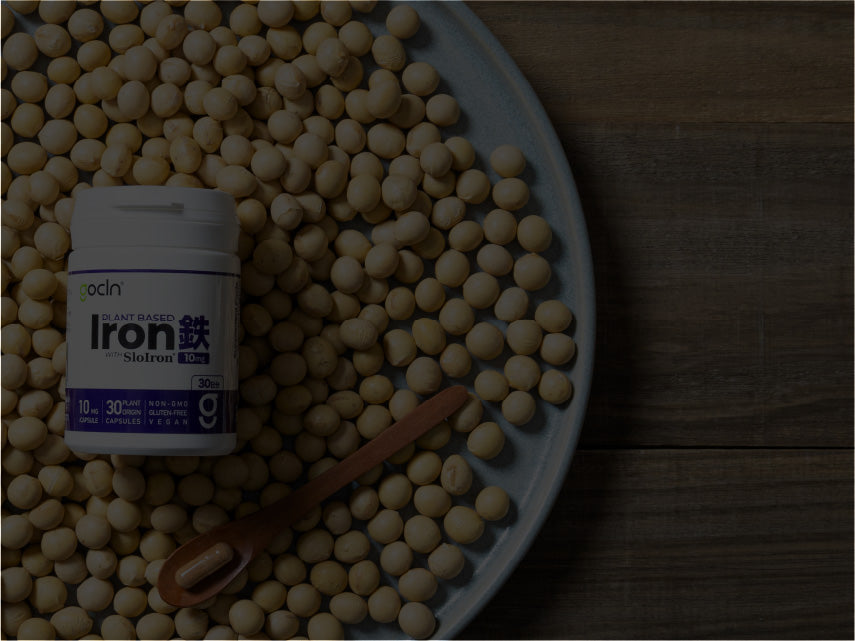All kinds of tea
As you know, the culture of enjoying tea is spreading all over the world along with coffee.
While coffee is produced over a wide area in the highlands of the tropics and subtropics, known as the coffee belt, the majority of tea leaves are produced in Asia, mainly China. However, due to the popularity of tea in recent years, production seems to be increasing in regions other than Asia as well.
The general image of "tea" among Japanese people is green tea, but green tea culture is prevalent in East Asia, and black tea is the mainstream around the world. The main difference between the two is the production method, whether or not fermentation is performed after harvest. I will not go into detailed explanations here as many experts have already written about them, but there are classifications such as black tea and oolong tea depending on the degree of fermentation, and varieties suitable for each type are cultivated.
There are also famous brands depending on the region where they are grown, and it is fun to choose from Ceylon, Assam, etc. for black tea. About 10 years ago, I went to Darjeeling and stopped by a small tea shop. Even though it is called Darjeeling, tea leaves are cultivated on the slopes of many mountains in the region, and the slopes and altitudes are different, the direction they are facing is different, so the amount of sunlight is different, the way the wind blows is different, and the time of collection is also different. , so he explained that no two teas taste the same. I understand, but in the end, when choosing tea leaves as a consumer in daily life, in most cases "Darjeeling" is the only option available. In the end, I felt a little disappointed that there were people out there who were satisfied with a brand named after the region of origin. (I've heard stories to the same effect with coffee - Blue Mountain, Kona, Mandarin... Wine is already known as microclimate . It's up to the individual to decide where to place their satisfaction. .)
I've never heard of it, but I guess the same can be said for Japanese green tea. Shizuoka is a wide area, Kagoshima is not just one place, etc. It may be the same among experts in Ise, Uji, Sayama, etc. However, since it is not possible to manage and distribute to that extent, it is easy to understand the seasonality and timing of tea, such as first tea and second tea.
Personally, I have been enjoying Pu'er tea brought back from China's Yunnan Province for the past year or so. It is characterized by a manufacturing method called post-fermentation, and its unique flavor differs in taste, but it feels like you are enjoying the benefits of microbial fermentation in your intestines. The same type of tea is drunk in Laos in the south, and in Japan, there is similar tea such as Goishi tea in Shikoku, which is also a mountainous region and is probably connected to Asian culture. In northern Thailand, there is a culture of ``chewing tea leaves'' in which fermented ingredients called miang are taken into the body, but the common thread between these teas is that they are fermented products that contribute to health rather than tea for enjoyment.
Now, let's talk about "Matcha". The teas mentioned so far involve ingesting extracts into the body, including chewing, but matcha seems to have a big difference in that the entire tea leaf is ingested as is. Similar to the popularity of ZEN, Matcha is recognized, but consuming all of it may give the impression that it is closer to nature. You can also ingest all the nutritional components contained in tea leaves. I think that a culture will take root in which both matcha and powdered tea that has not been subjected to the covering process will be consumed more widely in the future.
Our products use ``Organic Matcha'', which is made from tea leaves carefully grown organically in Japan and processed at a long-established tea shop in Nishio, Aichi Prefecture, which is famous for its tea production.



